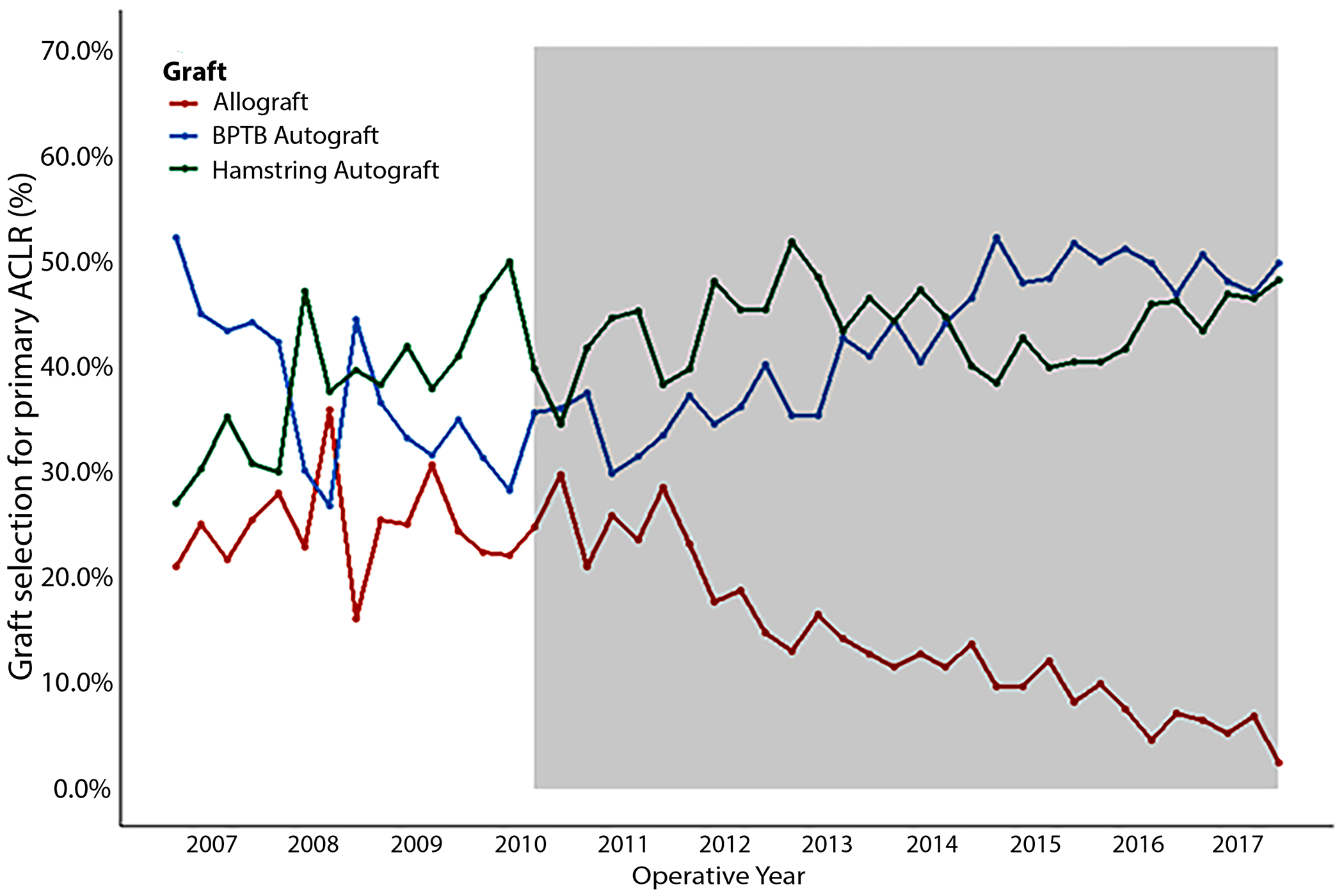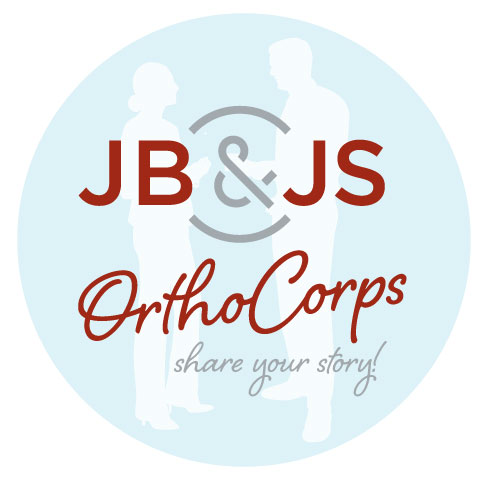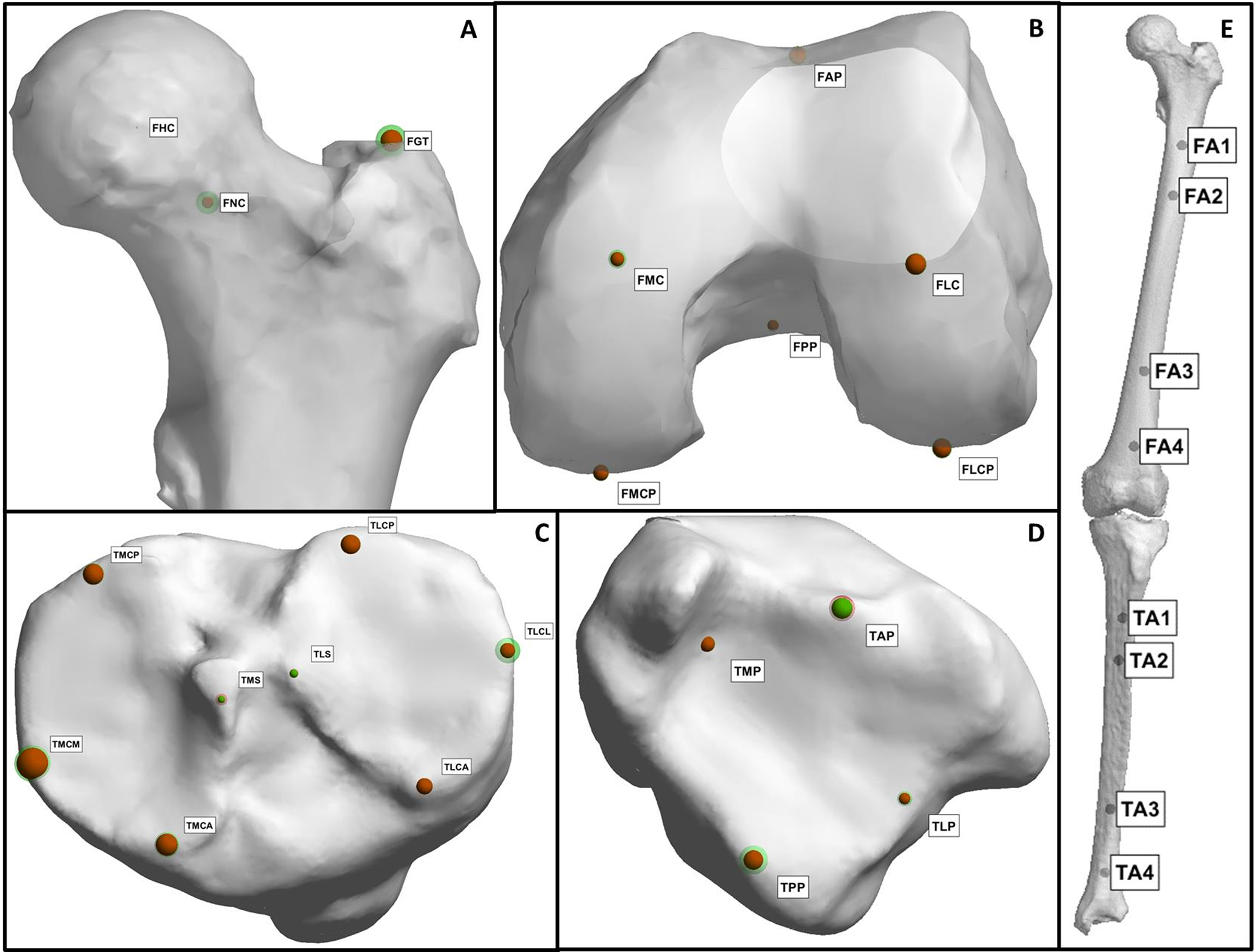Editor-in-Chief Dr. Marc Swiontkowski discusses a new study from The Netherlands that presents a fully automatic method for assessing lower-limb alignment from computed tomography (CT)
Ten years later, no need for total hip replacement in 80% of patients, reports Journal of Bone and Joint Surgery May 2, 2023 –

This post comes from Dr. Matt Schmitz, JBJS Deputy Editor for Social Media. He reflects on a new study evaluating the impact of an allograft-reduction

JBJS recently introduced OrthoCorps, an exciting new initiative that aims to preserve the voices and memories of the global orthopaedic community. Inspired by StoryCorps and

JBJS is pleased to welcome F. Alan Barber, Nicholas Giori, Terence E. McIff, Lauren Tatman, and Lee Zuckerman as new Associate Editors to the Editorial

